This book is a collection of letters that came in response to some of the questions posed to Ibn Arabi by some of the sheikhs, scholars, and contemporaries. It also contains a collection of books that address some important Sufi ideas, such as the issue of annihilation, oneness, manifestation, beauty, the meaning of eternity, the seven heavens, the spirituality of each heaven and its specialities, the spirituality of the spheres, and other ideas that open new horizons for our understanding of religion and Sufism.
Ibn Arabi’s Letters
د.ا7.50د.ا8.00
A collection of letters written by Muhyiddin Ibn Arabi, addressing profound spiritual and philosophical topics that reflect a distinctive Sufi thought.
Available on backorder
| Categories: | Literature, Islamic literature, Messages, Philosophy |
|---|---|
| Tags: | Islam, Islamic Studies, Spirituality, thought |
| Author | |
|---|---|
| Year | |
| Publisher | Dar al-Kutub al-Ilmiyyah |
You may also like…
-
Messages from the Prophet ﷺ
د.ا13.00This book presents literary and humane reflections inspired by the Prophet’s biography and stances, in a contemporary style that touches the heart and mind.
-
Messages from the Qur’an
د.ا9.00This book contemplates the meanings of the verses of the Qur’an and presents spiritual messages and life lessons in the distinctive style of Adham Sharqawi.
-
My Arch Enemy
د.ا7.00The novel is an exciting story of letters that reveals the development of its heroine’s relationship with a mysterious person through the exchange of correspondence, within a framework of romance and drama.
د.ا8.00 -
Letters from the Companions
د.ا10.00A book that collects imaginative literary letters inspired by the biographies of the Companions, conveying meanings of wisdom, faith, and humanity.
Related products
-
The Da Vinci Code
د.ا8.52- The Da Vinci Code is a 2003 mystery thriller novel by Dan Brown. It is Brown’s second novel to include the character Robert Langdon: the first was his 2000 novel Angels & Demons. The Da Vinci Code follows symbologist Langdon and cryptologist Sophie Neveu after a murder in the Louvre Museum in Paris entangles them in a dispute between the Priory of Sion and Opus Dei over the possibility of Jesus and Mary Magdalene having had a child together.
د.ا10.65 -
Land of sad oranges
د.ا2.13Ghassan Kanafani is a Palestinian novelist, storyteller, and journalist, and is considered one of the most famous Arab writers and journalists in the twentieth century. His literary works, including novels and short stories, were deeply rooted in Arab and Palestinian culture
د.ا3.55 -
Anichatin and relativity
د.ا2.13In this book, its author, Dr. Mustafa Mahmoud, tries in his style known as ease and extreme logic in understanding the theory of relativity of the physicist Albert Einstein so that it suits the understanding and perception of the general public, and in a strong objection to limiting information to a few scientists under the pretext of depth and specialization, which may lead to the isolation of science, supporting in his book what Einstein himself called for to spread science among people, Einstein hated scientific fortune-telling and fabrication of mystery, claim, and magnification, and he used to say that the truth Never mind.
د.ا4.26 -
Men in the sun
د.ا2.13Ghassan Kanafani is a Palestinian novelist, storyteller, and journalist, and is considered one of the most famous Arab writers and journalists in the twentieth century. His literary works, including novels and short stories, were deeply rooted in Arab and Palestinian culture
د.ا3.55 -
Lover
د.ا2.13Ghassan Kanafani is a Palestinian novelist, storyteller, and journalist, and is considered one of the most famous Arab writers and journalists in the twentieth century. His literary works, including novels and short stories, were deeply rooted in Arab and Palestinian culture
د.ا3.55 -
For Bread Alone
د.ا4.97For Bread Alone , al-Khubz al-Hafi) is a controversial autobiographical work by Mohammed Choukri. It was written in Arabic in 1972 and translated into English by Paul Bowles in 1973.[1] In 1980, it was published in French as Le Pain Nu in a translation by Tahar Ben Jelloun. The novel has been translated into 39 foreign languages[2] and adapted into a French graphic novel by Abdelaziz Mouride [fr].[3]
د.ا7.10 -
Death bed number 12
د.ا3.55Ghassan Kanafani is a Palestinian novelist, storyteller, and journalist, and is considered one of the most famous Arab writers and journalists in the twentieth century. His literary works, including novels and short stories, were deeply rooted in Arab and Palestinian culture
د.ا4.97 -
Prisoner of Heaven
د.ا7.10After the shadow of the wind and the angel game, I ended my strange meeting with Carlos Zafon in the third part of the Tomb of Forgotten Books series in this piece that I read while trying to understand what was going on in his head, which wanted the prisoner of heaven to tell us the dark nights of Barcelona from the window of its prisons, that prison that embraced Martin for a long time and through which he excelled in writing The Game of the Angel, which was the hero of that novel David Martin and Isabella, and we got to know their end, which was not confirmed by the lines. The writer also explains that what we can consider a coincidence with us may be wisely studied and what we interact with with all honesty may be fake and obsolete as the first boot, the past is just images stuck in our heads and just a glance of it returns to expose itself, and opens new cracks in our hearts, pushing you to search and explore what the truth is and to what extent it can comfort you or in any proportion that may make you a wreckage between the legs, yet the search for it is The way of salvation,
د.ا8.52
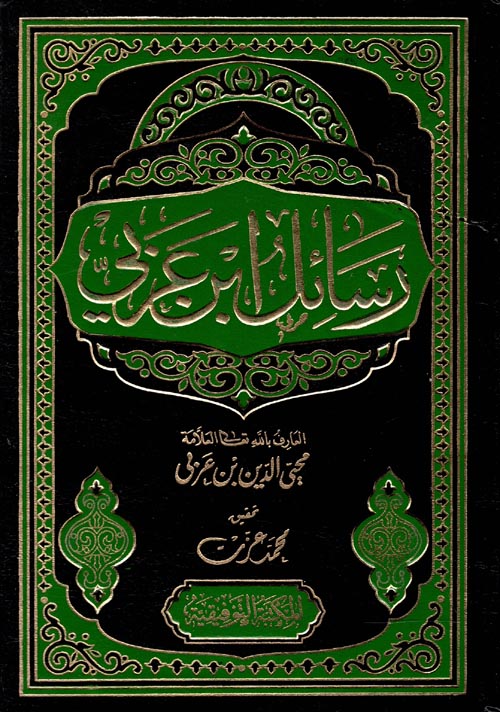
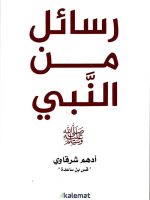
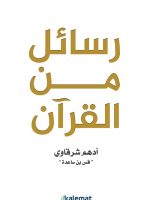

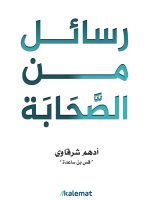
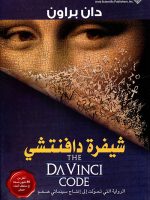
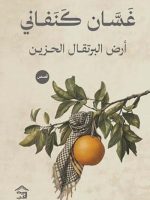
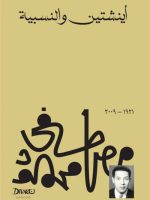
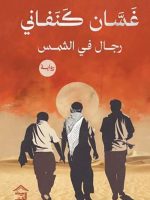
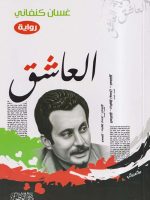
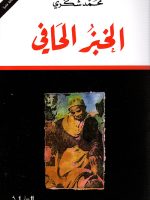
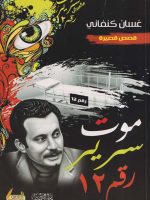
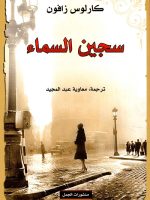
Be the first to review “Ibn Arabi’s Letters”